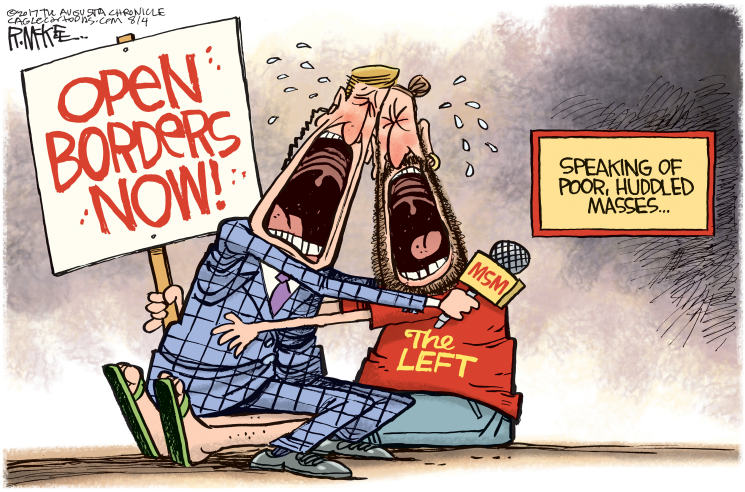No Jobs For American Doctors?

July unemployment came in at 10.2 percent last month, still above the 10 percent high in the 2007-2009 recession. Now more than ever, every effort should be made to create and keep jobs for Americans across all professions to ensure that our country rights itself. That includes those professions that are, mistakenly, perceived to be recession-proof.
Media coverage in recent few months has bemoaned that some doctors on visas might have to leave the U.S., or not be allowed to enter the country with pandemic travel restrictions. But there’s been scant attention paid to the thousands of recent American graduates of medical schools who remain unlicensed, and thus unable to practice medicine.
Why? One factor is that U.S. taxpayer-funded medical residencies have gone to doctors from other countries – more than 4,200 just this year – those that media is so concerned about.
As doctors and nurses work 12-hour shifts, nearly dropping from exhaustion and with no pandemic end in sight, there is another long-ignored conversation – the prolonged U.S. doctor “shortage.” That we would have a doctor shortage when we have thousands of newly minted doctors not working is certainly confusing.
An obvious solution to what’s being consistently reported as too few doctors is to put our own talented, dedicated doctors to work and to eagerly recruit and encourage others to enter medicine, rather than pilfer, hijack and steal the physicians from other nations.
We as a nation hold the embarrassing 52nd spot in the world in our doctor-to-patient ratio, far behind dozens of other nations, including some developing countries. Armenia, Azerbaijan and Andorra outrank America. Cuba, with 8.19 doctors per 1,000 patients, has the highest doctor/patient ratio and contrasts to our 2.59 doctors per 1,000 patients.
We cannot continue to invest taxpayer and other dollars in training doctors only to then push them aside, effectively saying, “Although you thought you had reasonable, fair and equitable expectations when you graduated from medical school, you were wrong. Fooled you!” It’s completely unsustainable, as has been our approach in other areas, including technology.
In the last decade, more than 36,000 non-U.S. citizen students and graduates of international medical schools have been granted U.S. residencies (remember, they’re taxpayer-funded), and in each of the last ten years, the number has gone up, from 2,721 to 4,222 this year. All this is happening as our U.S. citizen doctors may be left driving Uber, with eight years of education that doesn’t easily transfer to another profession, and perhaps as much as half a million dollars in student loan debt.
By every ethical and moral standard, we are violating our social contract with our own citizens. It is nothing less than immoral and unethical to have medical students – students accepted into highly competitive schools – rise to meet brutal academic requirements and, in most cases, take on a huge debt load for their educations, all in the hopes of serving others, only to be shut out of the whole system. “Sorry! We’ve decided to hire the doctors from other countries instead.”
This is a most brutal and unacknowledged form of discrimination.
The powerful American Medical Association, which has lobbied for more H-1B and J-1 visas to bring in foreign doctors, has a lot of explaining to do, as does the Association of American Medical Colleges. Ditto our elected officials in the House and Senate.
Our doctors are waiting to go to work.
–
Kevin Lynn is the founder of Doctors without Jobs and U.S. Tech Workers. Contact him at [email protected].

